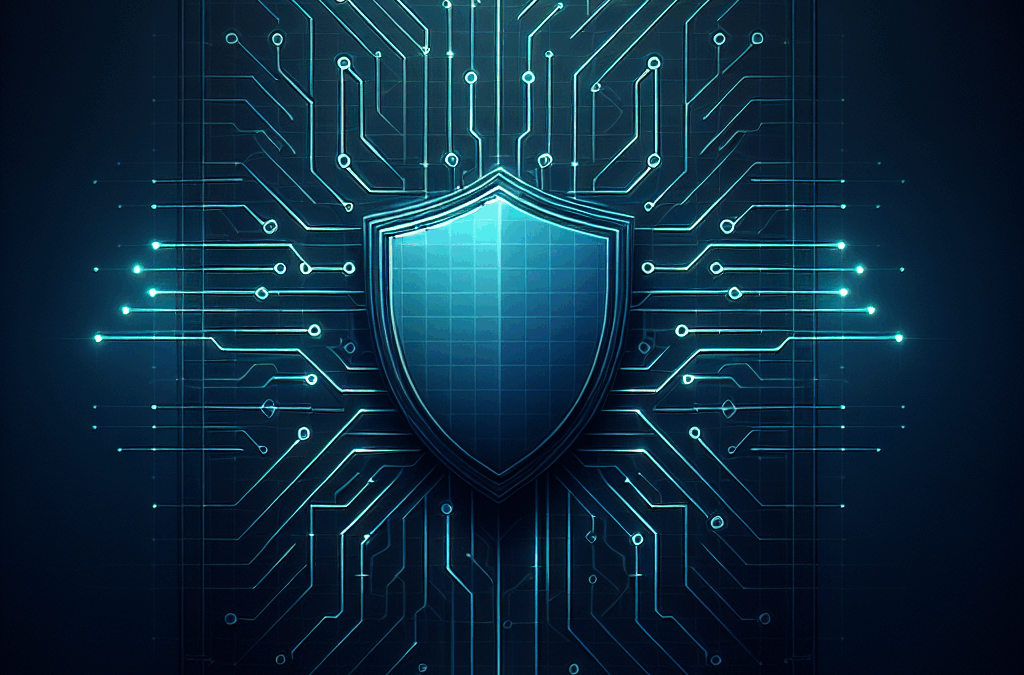Picture this: you open your laptop to find critical business files locked and a demand letter on the screen.
That single moment can turn a day of growth into a crisis. Cyber threats are evolving fast, and small businesses are on the front lines. The good news is that strong cyber hygiene doesn’t require an IT degree—just practical steps and consistent habits.
In this guide, we’ll break down the must-do tasks for 2025 into four clear sections. Think of it as your digital health checkup, with straightforward actions you can take today.
Secure Your Digital Perimeter
Just as you lock your front door and set up motion-sensor lights, your digital perimeter needs basic defenses. Without them, cybercriminals can slip through unnoticed.
Start by strengthening access controls:
- Enforce strong, unique passwords for every account. Treat each login like its own safe combination.
- Turn on multi-factor authentication (MFA). It’s like adding a second lock on the door.
- Limit administrative access. Only staff who truly need high-level rights should have them.
Next, review your network setup:
- Use a reliable hardware firewall or the firewall feature on your router.
- Create a guest network for visitors or devices you don’t fully trust.
- Monitor unusual activity, such as unexpected login times or locations.
Imagine your office network as a fenced yard. A sturdy fence, a locked gate, and clear zones keep out unwanted guests. These perimeter steps give you time to spot trouble and block it before it enters the yard.
Keep Software and Devices Up to Date
Software updates and device patches are often released to fix security gaps. Skipping them is like ignoring a recall notice on a faulty car part—you’re leaving something dangerous on the road.
Follow these steps to stay current:
- Inventory all devices and software in use, from computers to smart printers.
- Set up automatic updates whenever possible. Think of it as subscribing to a regular maintenance plan.
- Schedule a monthly review to confirm everything’s up to date, including less obvious items like backup drives and firmware.
Real-world comparison: a small shop with an old lock is easier to break into than one with a reinforced deadbolt. Old software can be a weak link that invites hackers. By staying current, you’re reinforcing that deadbolt every month.
Train Your Team on Cyber Awareness
Your employees are your first line of defense. A single click on a malicious link can bypass firewalls and strong passwords. Training turns every staff member into a vigilant guard.
Cover these core topics:
- Phishing red flags: unexpected attachments, odd sender addresses, or urgent language.
- Safe browsing habits: only visit trusted sites and avoid downloading from unknown sources.
- Device handling: lock screens when away and never leave devices unattended in public areas.
Consider a restaurant kitchen. If every chef knows to wash hands before cooking, cross-contamination drops dramatically. Similarly, if everyone on your team recognizes a suspicious email, your risk falls.
Keep sessions short, interactive, and repeat them regularly. A quarterly refresher is like a scheduled safety drill—simple, effective, and memorable.
Backup and Incident Response Planning
Even with top-notch prevention, nothing is foolproof. That’s why you need a solid backup strategy and a clear plan for what happens if things go wrong.
Key backup best practices:
- Follow the 3-2-1 rule: three copies of data, on two different media, with one offsite.
- Automate backups to reduce human error—think of it as programming a sprinkler system to test itself.
- Test your backups by restoring files at least twice a year to ensure they work when you need them.
Incident response steps:
- Define roles: who will notify customers, who contacts your IT provider, and who communicates internally.
- Create a clear escalation path so no one has to hunt for answers in the middle of a crisis.
- Document every action: timestamps, decisions made, and outcomes. This record helps with insurance claims and future planning.
Think of it like a fire drill. You know what to do if you find smoke, and you’ve tested the exit routes. With a backup and response plan, you’ll navigate a cyber emergency with confidence rather than panic.
Incorporating these four pillars into your daily routine transforms cyber hygiene from a daunting chore into a set of simple, repeatable habits. Over time, these practices become second nature—like locking your doors or buckling your seat belt.
To learn more about NT Cyber Shield and how it can safeguard your small business with intelligent, proactive protection, visit our website today. Schedule a consultation

